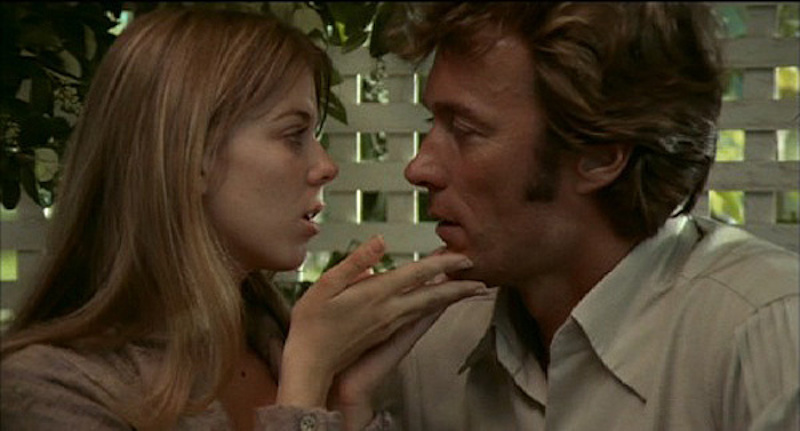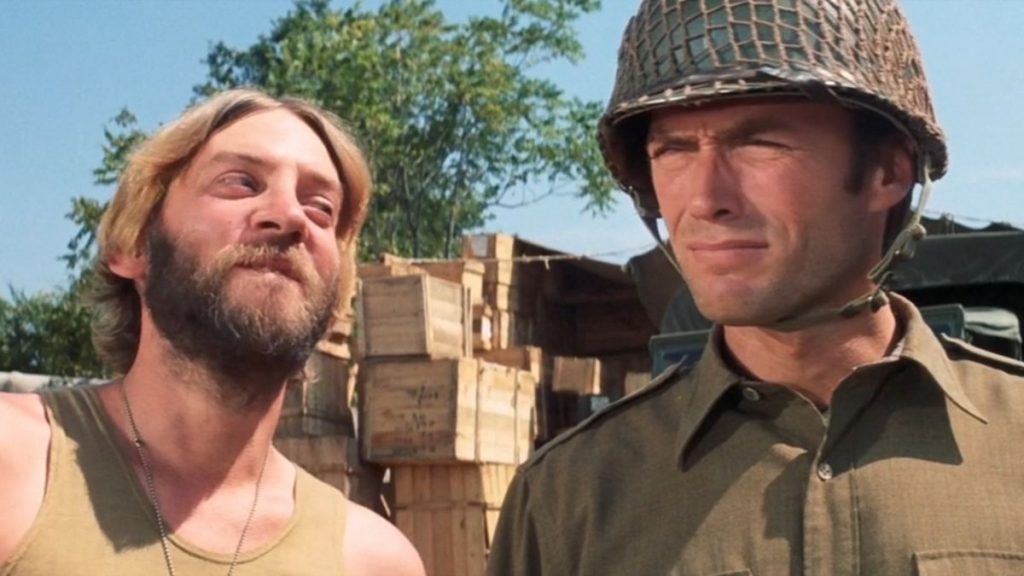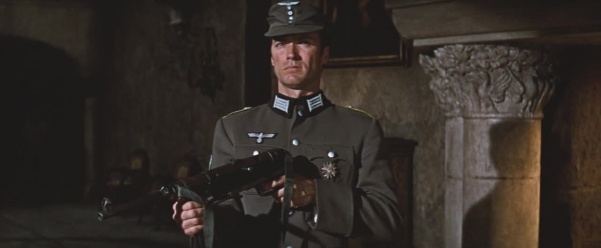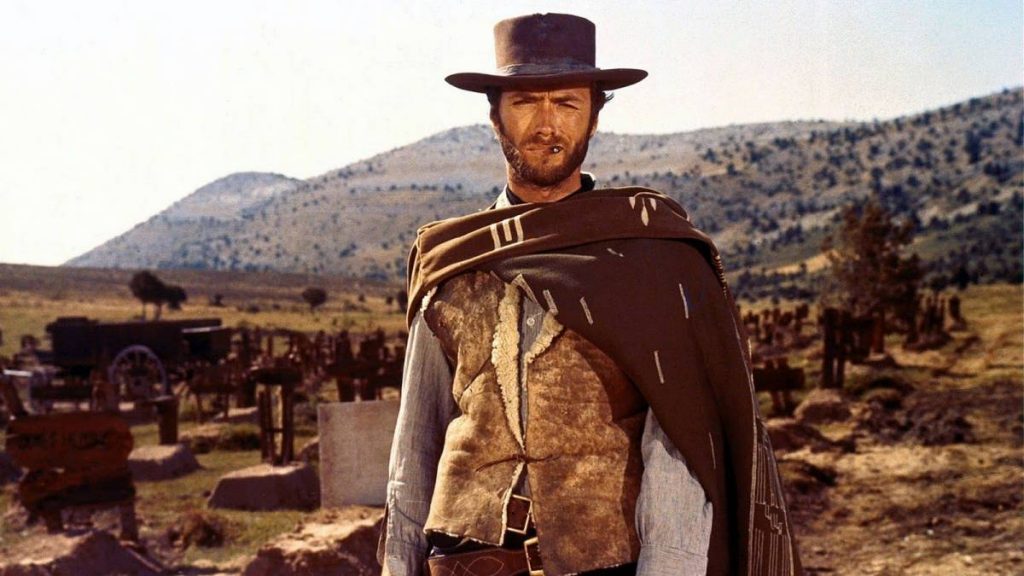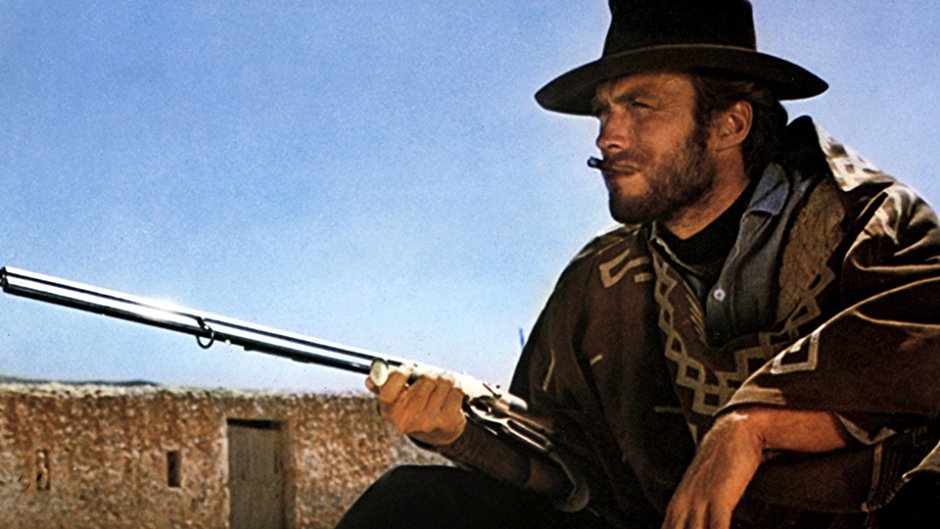PLAY MISTY FOR ME (1971)
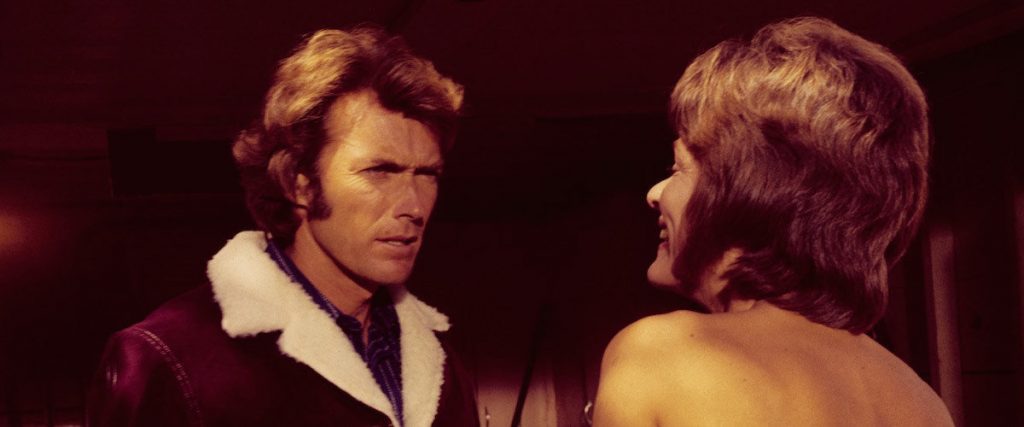
“I hope Dave likes what he sees when he gets here. Because that’s what he’s taking to Hell with him.” — Evelyn
Eastwood’s second attempt in 1971 to move away from his stereotypical role was his boldest and most revolutionary career-wise: he stepped behind the camera to direct his first feature film.
He had spent more than 17 years in front of the camera (with nearly 8 of those years in feature films). He had actively learned the processes of production and scripting while leaning on the expertise of directors he admired (most prominently Don Siegel) and felt that he was finally ready to tackle the job himself.
As a first feature, Eastwood was very strategic. He did not want an ambitious war film or even a cop drama or western with their necessary attention to production design and detail. Instead, he chose a very simple domestic thriller, with only a handful of characters and familiar locations, and made Play Misty for Me, which is still regarded today as one of the greatest suspense thrillers of the 70s.
The story is of a radio DJ named Dave (Eastwood) who specializes in classic Jazz and receives a call every night from a fan named Evelyn requesting that he “Play ‘Misty’” for her. When Evelyn tracks him down at his favorite local night spot, the two of them have a one-night stand. The very next week, Dave reconnects with his ex-lover and wants to try to pursue something more serious, but Evelyn has become immediately and violently territorial about her affection for him and she will stop at literally nothing to ensure that Dave is hers and hers alone, even if it kills him.
As a suspense thriller, Play Misty for Me is outstanding. More iconic future entries like Fatal Attraction and even Misery owe a great deal to Play Misty for Me’s premise. Eastwood wisely allows the tension to steadily build rather than try to evoke danger from the onset. Evelyn (played to terrifying perfection by Jessica Walter of Arrested Development fame) begins almost endearingly, as though she were little more than a persistent eccentric. But suddenly – jarringly – she displays outbursts of rage or coercive manipulation. Her shifts in behavior and language are not merely shocking to Dave, they’re shocking to us as the audience, timed with a near perfect cadence for maximum effect. And with each new escalating tactic, the stakes and the threat grow ever more dangerous for Dave and for the people he cares about.
It may not have the cinematic flourishes of other thrillers, but for suspense-lovers, it is a triumph. Eastwood not only manages the directorial duties deftly (adopting techniques and style from his friend, Don Siegel, who plays a small role in the film), but he also delivers a highly compelling acting performance as well. He originally wanted the role to go to Steve McQueen, who it is rumored declined the role because of how much stronger Evelyn’s character was than Dave’s. Following McQueen’s decline, Eastwood decided to take on the role himself and he balances both jobs with the ease of a pro.
As with The Beguiled, Eastwood is again playing a rather vulnerable character, not crippled this time but undeniably trapped and held prisoner by a woman with a sadistic and relentlessly possessive mentality. Eastwood’s excellent balance of disgust, fury, and terror display some of his best range yet as a performer. But unlike The Beguiled, Play Misty for Me was a massive success, both financially and with audiences. It revealed that Eastwood was a director of effective economy: that he could handle the various elements of a film set while still delivering a compelling and effective story and an admirable performance. He would eventually handle much more ambitious material both narratively and thematically, but as a starting point for a directorial career, it’s hard not to be extremely impressed with how effective Play Misty for Me is and how well it holds up nearly 50 years later. It’s an exciting and rewarding entry for suspense fans, and a classic film for anyone else.
 Reed Lackey is based in Los Angeles, where he writes and podcasts about film and faith. His primary work is featured on the More Than One Lesson website and podcast, as well as his primary podcast, The Fear of God (which examines the intersection between Christianity and the horror genre). Follow him on Twitter or on Facebook to receive updates on his reviews and editorials.
Reed Lackey is based in Los Angeles, where he writes and podcasts about film and faith. His primary work is featured on the More Than One Lesson website and podcast, as well as his primary podcast, The Fear of God (which examines the intersection between Christianity and the horror genre). Follow him on Twitter or on Facebook to receive updates on his reviews and editorials.


